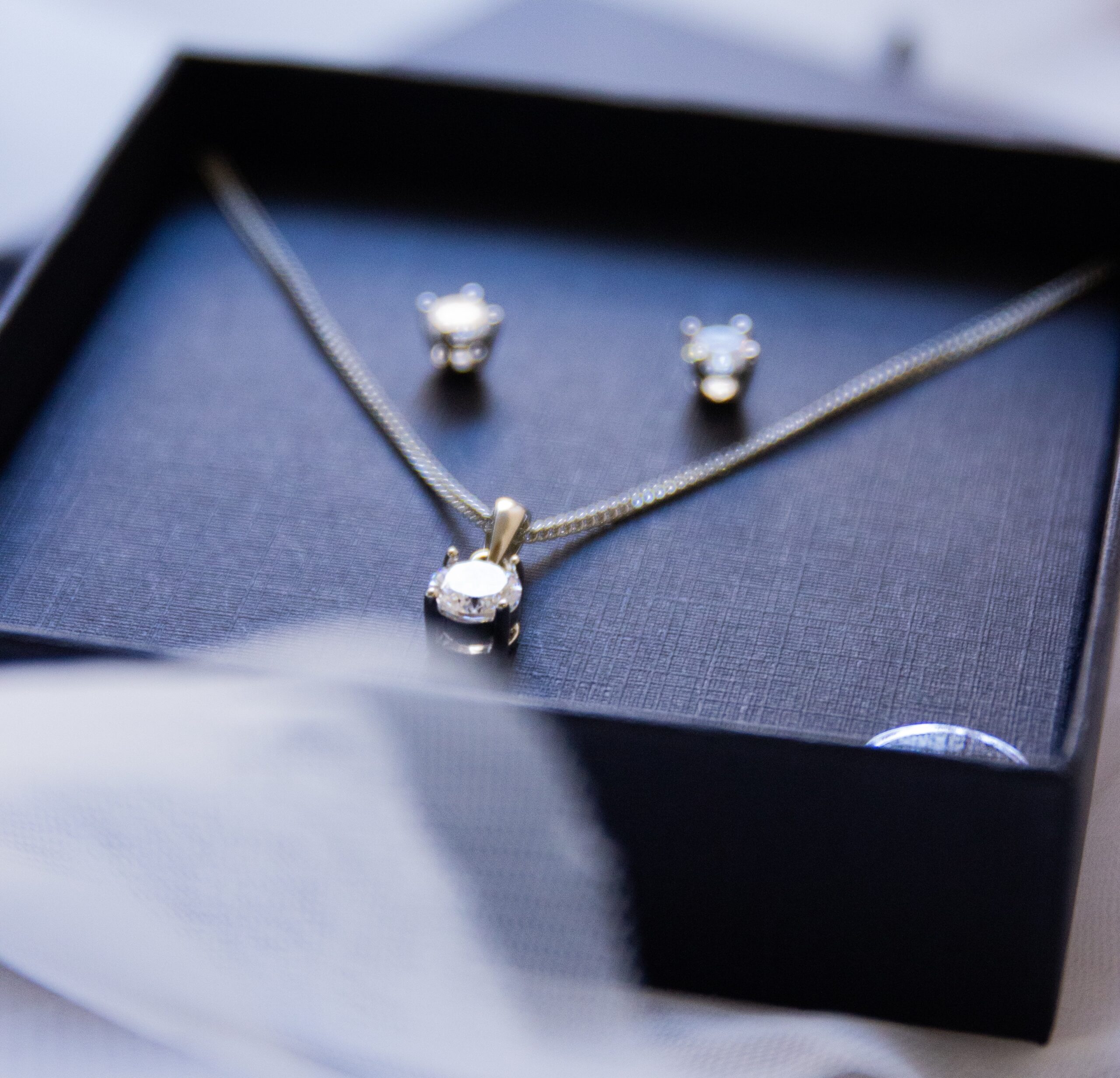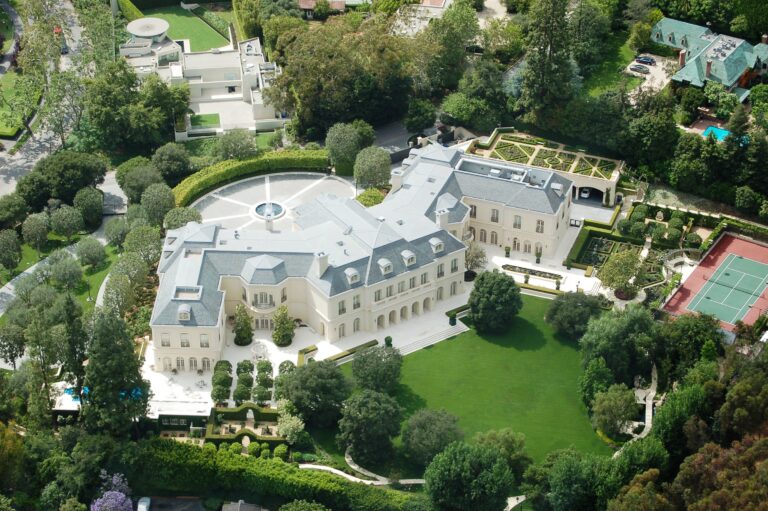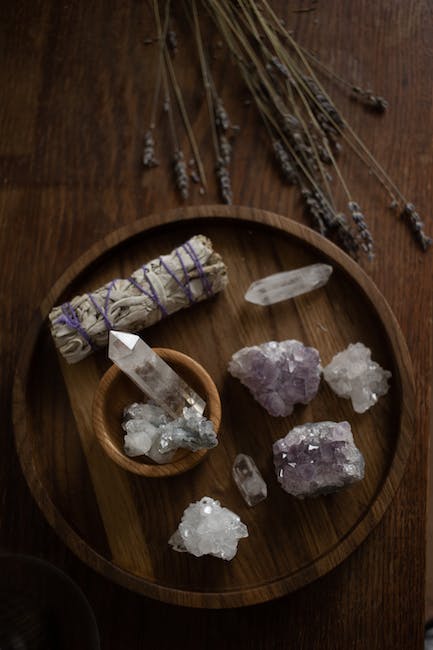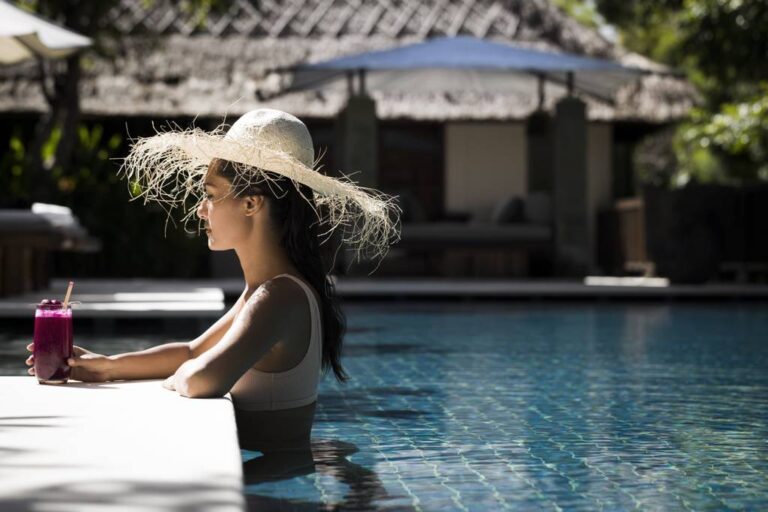What to Know Before Buying Expensive Jewelry
Are you considering splurging on a piece of extravagant jewelry? Before diving headfirst into luxury, there are a few crucial things you should know. Whether you’re planning to invest in a sparkling diamond or a rare gemstone, this article will guide you through the essentials that every jewelry buyer should understand. From determining authenticity to assessing value, we’ve got you covered. So, grab a pen and get ready to gain some valuable insights before you make that high-end jewelry purchase.
Table of Contents
- Key Considerations when Buying Expensive Jewelry
- Understanding the 4Cs: Evaluating Diamond Quality
- Exploring Different Types of Precious Gemstones
- Distinguishing Between Genuine and Synthetic Pearls
- Choosing the Right Metal: Gold, Silver, Platinum, or Others
- Factors Affecting Jewelry Pricing and Value
- FAQs
- The Conclusion
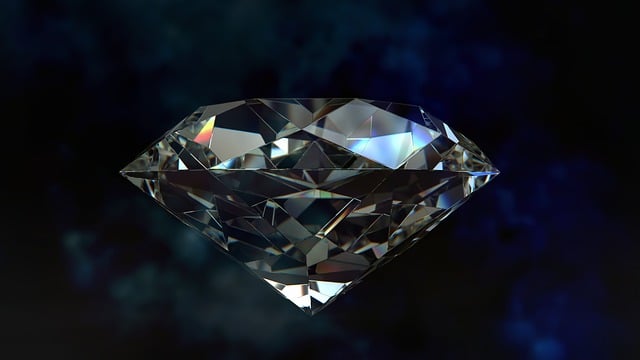
Key Considerations when Buying Expensive Jewelry
When it comes to purchasing expensive jewelry, there are a few important factors to keep in mind to ensure you make the right choice. First and foremost, you should consider the credibility and reputation of the jewelry brand or retailer. Look for well-established and trusted names in the industry, as they are more likely to provide genuine and high-quality pieces.
Another crucial factor to consider is the authenticity and certification of the jewelry. Always insist on proper documentation, such as a certificate of authenticity or an appraisal from a reputable gemological laboratory. This will not only validate the value of your purchase but also give you peace of mind knowing that what you’re buying is genuine and accurately graded.
- Additionally, understanding the Four Cs of diamond quality is essential if you’re buying diamond jewelry. These include the cut, color, clarity, and carat weight of the diamonds. Familiarize yourself with these factors to make an informed decision and ensure you get a piece that meets your expectations.
- Consider your personal style and preferences when selecting jewelry. High-end pieces are often meant to be timeless and versatile, so choose something that aligns with your taste and complements your wardrobe. Whether it’s a classic solitaire diamond ring or a statement necklace, make sure it suits your individual aesthetic.
- Lastly, don’t forget to inquire about the jewelry’s maintenance and after-sales services. Expensive pieces require proper care and periodic maintenance, such as cleaning, polishing, or stone tightening. So, ask about the brand’s policy on repairs, warranties, and servicing, ensuring you can enjoy your investment for years to come.
By considering these key factors when purchasing expensive jewelry, you can confidently embark on your search knowing that you’re making an informed decision. Remember to thoroughly research and compare options, seek expert advice if needed, and most importantly, choose a piece that brings joy and makes you feel special.
Understanding the 4Cs: Evaluating Diamond Quality
When it comes to buying diamonds, understanding the 4Cs is crucial for evaluating their quality. These 4Cs are the universal standards used by professionals worldwide. Let’s dive into each one and discover what they mean:
1. Color: The color of a diamond refers to its hue, with the highest quality diamonds being completely colorless. The Gemological Institute of America (GIA) has a standardized color grading scale from D (colorless) to Z (light yellow). Remember, the closer the diamond is to colorless, the higher its value.
2. Clarity: Clarity measures the amount of internal and external flaws called inclusions and blemishes. A diamond with fewer imperfections will have greater clarity. The GIA has created a clarity grading scale ranging from Flawless (no inclusions or blemishes visible under 10x magnification) to Included (inclusions visible to the naked eye). Opt for a diamond with the highest clarity within your budget for maximum brilliance.
3. Cut: The cut of a diamond affects its sparkle and brilliance. It’s important to understand that cut doesn’t refer to the diamond’s shape (such as round or princess cut), but rather its proportions, symmetry, and overall craftsmanship. A well-cut diamond reflects light beautifully, enhancing its fire and sparkle.
4. Carat Weight: Carat weight represents a diamond’s size. However, it’s important to note that carat weight doesn’t necessarily determine a diamond’s quality. A larger diamond may have a lower quality in terms of color, clarity, or cut. Consider the carat weight in conjunction with the other 3Cs to find the perfect balance for your desired diamond.
By familiarizing yourself with these 4Cs, you’ll be better equipped to evaluate diamond quality and make an informed decision when purchasing that perfect diamond for your special occasion.
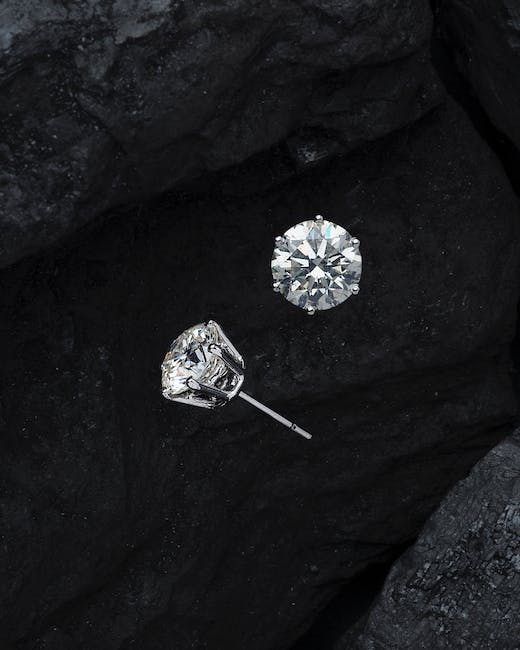
Exploring Different Types of Precious Gemstones
Gemstones have captivated human beings for centuries with their mesmerizing colors and stunning beauty. As we embark on a journey to uncover the world of precious gemstones, we find ourselves surrounded by a myriad of options, each boasting its own distinct characteristics. Let’s delve into the fascinating realm of these precious treasures and explore the diverse types that exist beyond the popular ones.
One of the most sought-after gemstones is the enchanting Tanzanite. Originating from Tanzania in East Africa, this exquisite stone dazzles with its deep blue-violet hues. Known for its rarity, tanzanite is cherished for its magnificent color-changing properties, revealing shades of blue, violet, and even burgundy when viewed from different angles. With its mesmerizing beauty and limited supply, tanzanite has become a highly coveted gemstone, adorned in fine jewelry pieces worldwide.
Another captivating gemstone that deserves mention is the tantalizing Alexandrite. This gemstone exhibits a remarkable color-changing phenomenon, shifting from vibrant green under daylight to a stunning red under incandescent light. Its rarity and unique optical properties make it a prized possession among gem enthusiasts. With a striking play of colors reminiscent of the finest emeralds and rubies, alexandrite is a true testament to nature’s artistry.
While Tanzanite and Alexandrite are but two examples of the vast array of precious gemstones, they serve as a glimpse of the wonders that await exploration. Be it the fiery red of a Ruby, the mesmerizing blue of a Sapphire, or the ethereal glow of an Opal, nature has bestowed upon us a treasure trove of gems, each with its own allure and story to tell. So, let us venture further into the realm of precious gemstones and uncover the hidden treasures that lie within.
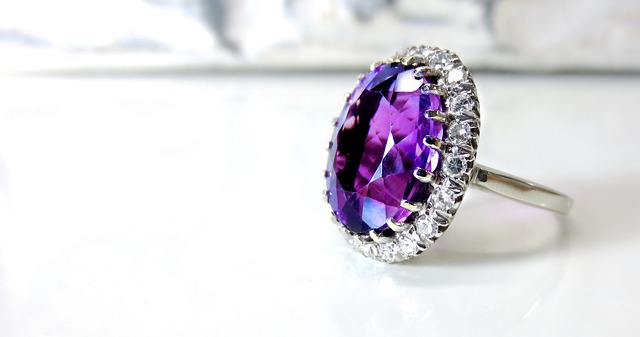
Distinguishing Between Genuine and Synthetic Pearls
When it comes to pearls, determining their authenticity is a vital skill for both buyers and enthusiasts. Genuine pearls, originating from oysters or freshwater mussels, possess distinct qualities that set them apart from their synthetic counterparts.
One of the key distinguishing factors is the luster. Genuine pearls have a natural shine that reflects light beautifully, while synthetic ones may have a more artificial glow. Additionally, inspecting the surface can give valuable clues. Genuine pearls often exhibit slight imperfections, known as “baroque” in the pearl world, whereas synthetic pearls tend to have a flawless surface due to their manufactured nature.
- Weight is another important aspect to consider. Genuine pearls are noticeably heavier compared to their synthetic counterparts.
- Next, consider examining the texture. Genuine pearls have a distinct smoothness when rubbed against the teeth, whereas synthetic pearls may feel slightly rough or gritty.
- Another useful method to differentiate is the “nacre test.” Gently rubbing two pearls together creates friction, resulting in a faint powder-like substance on the surface of genuine pearls. This nacre, or mother-of-pearl layer, is absent in synthetic pearls.
Remember: while genuine pearls hold significant value due to their natural formation, synthetic pearls offer an affordable alternative without compromising on beauty. Understanding the differences empowers you to make an informed choice based on your preferences and budget.
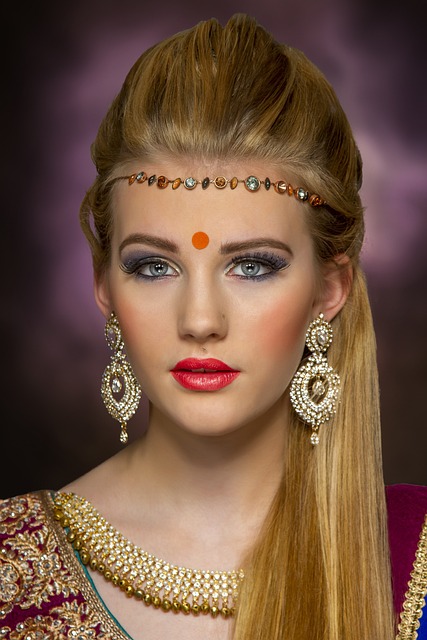
Choosing the Right Metal: Gold, Silver, Platinum, or Others
When it comes to choosing the perfect metal for your jewelry, you have several options to consider. Gold, silver, platinum, and other metals each have their own unique characteristics and appeal. Let’s explore each option to help you make an informed decision.
Gold is a classic choice that exudes elegance and luxury. It comes in various shades such as yellow, white, and rose, allowing you to find the perfect hue to match your style. Known for its durability and excellent resistance to tarnish, gold jewelry is a great investment that can be passed down through generations. Silver, on the other hand, offers a sleek and sophisticated look at a more affordable price point. This versatile metal is renowned for its timeless beauty and can complement both casual and formal outfits effortlessly. Platinum, often referred to as the king of metals, offers unmatched strength and durability. Its natural white color and exceptional corrosion resistance make it a popular choice for those seeking a contemporary and modern aesthetic. Other metals like titanium and stainless steel provide durability and affordability, making them ideal for practical and budget-friendly options that still offer an attractive appearance. With this wide range of metal choices, you can find the perfect one that not only matches your style but also fits your lifestyle and budget.
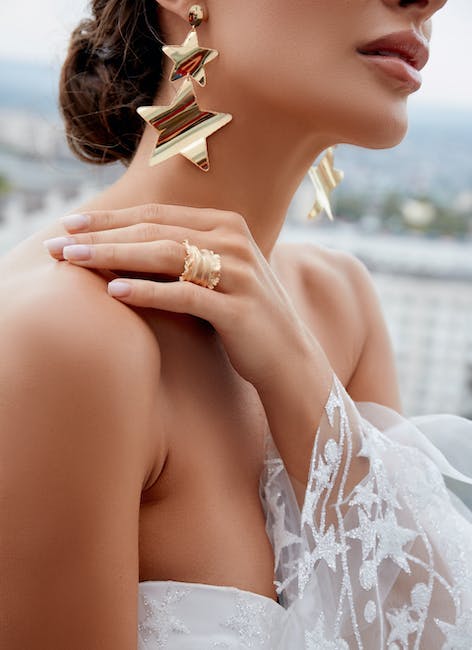
Factors Affecting Jewelry Pricing and Value
Jewelry pricing and value can be influenced by a variety of factors that both consumers and sellers should consider. One important aspect to take into account is the type of material used to create the piece. Precious metals like gold, silver, and platinum tend to increase the value of jewelry due to their desirability and rarity. Additionally, the quality and purity of these materials also play a crucial role in determining their worth. Gemstones, such as diamonds, rubies, and emeralds, further enhance the value of jewelry, with factors like color, clarity, and carat weight impacting their pricing.
Another factor that affects jewelry pricing is the craftsmanship involved in creating the piece. Fine attention to detail, unique design elements, and superior finishing contribute to the overall value of jewelry. Highly skilled artisans and renowned jewelry brands often command higher prices for their work, as their expertise and reputation add a sense of exclusivity to the piece. Moreover, the scarcity of a particular design can also influence the value of jewelry, as limited edition or one-of-a-kind pieces often hold greater allure for collectors and enthusiasts. Considering these significant factors can help consumers make informed decisions when purchasing jewelry while also understanding the reasons behind the pricing variations in the market.
FAQs
Q1. Why should I buy expensive jewelry?
A1. Expensive jewelry is often made of high-quality materials, boasts impeccable craftsmanship, and can become a timeless investment or heirloom piece.
Q2. How do I determine the value of expensive jewelry?
A2. The value of jewelry is influenced by various factors, including the type and quality of gemstones, precious metals, design intricacy, brand reputation, and market demand.
Q3. Should I trust jewelry appraisals?
A3. It is crucial to obtain an independent appraisal from a reputable and certified gemologist or appraiser who has no vested interest in the sale. Be aware of inflated appraisals or sales tactics.
Q4. What are the different types of precious metals used in jewelry?
A4. Common precious metals used in jewelry include gold, silver, platinum, and palladium. Each metal has different qualities, durability, and intrinsic value.
Q5. Which gemstones are considered valuable?
A5. Gemstones like diamonds, rubies, sapphires, and emeralds are highly valued due to their rarity, durability, and beauty. However, their quality, color, cut, and clarity determine their value.
Q6. How important is jewelry certification?
A6. Jewelry certification by reputable gemological laboratories, such as GIA or AGS, validates the quality and characteristics of gemstones and diamonds. This ensures transparency and confidence in your purchase.
Q7. Should I consider the brand when purchasing expensive jewelry?
A7. While reputable brands may offer assurance of quality and craftsmanship, don’t solely rely on the brand. Evaluate the jewelry based on its intrinsic value, design, and personal preference.
Q8. What should I consider when purchasing a diamond?
A8. Consider the 4Cs: carat weight, color, clarity, and cut. The combination of these factors determines its quality and price. Diamond certificates provide detailed information about these characteristics.
Q9. How do I care for expensive jewelry?
A9. Follow specific care instructions provided by jewelers to maintain the beauty and longevity of your jewelry. Regular cleaning, avoiding harsh chemicals, storing properly, and periodic inspections are crucial.
Q10. What is the return policy for expensive jewelry?
A10. Familiarize yourself with the jeweler’s return policy before purchasing. Look for flexible return windows, refund options, and conditions, ensuring you have a recourse if you’re unsatisfied with the jewelry.
Remember, buying expensive jewelry should involve thorough research, understanding of market dynamics, and consideration of your personal preferences. Make an informed decision to ensure a satisfactory purchase.
Future Outlook
In conclusion, before you dive into buying expensive jewelry, it’s crucial to be well-informed. Taking the time to understand the quality, authenticity, and value of the piece will save you from any potential pitfalls. Research the jeweler, ask for certifications, and seek professional advice if needed. Remember, expensive jewelry is an investment, so ensuring its worth and meaning is essential. By following these steps, you can confidently embark on your journey to owning your dream piece of jewelry. So, go ahead and make your purchase, knowing that you’ve made an informed decision and chosen a piece that will bring you joy for years to come. Happy shopping!

